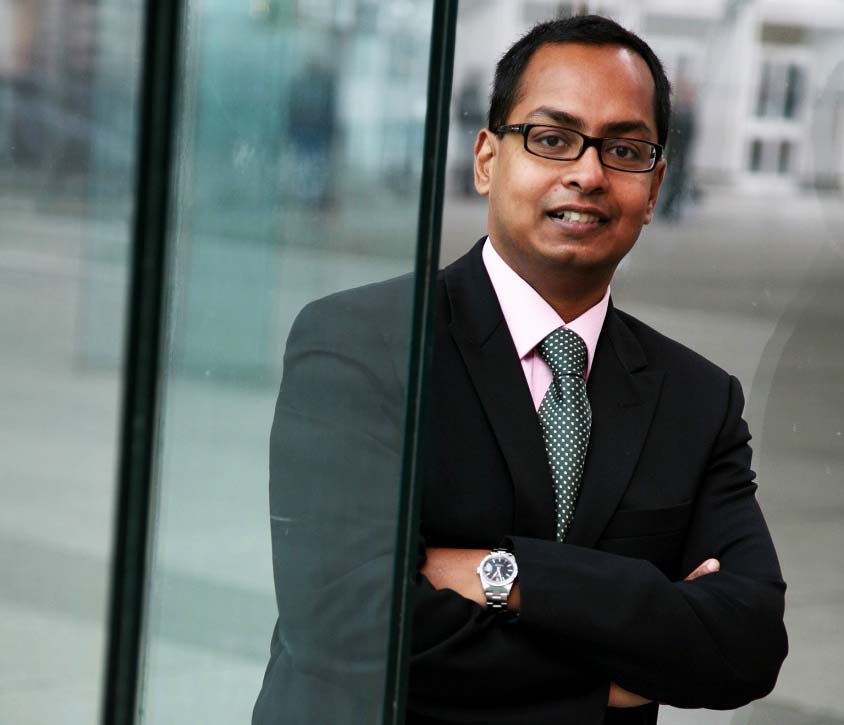(Excerpts from Dr. Ashok Som speech at the Mint Luxury Conference, 2013 Part1)
Dear Ladies, Gentlemen, Guests, Friends and colleagues
It gives me immense pleasure to address this august gathering here today. Thank you LiveMint / Hindustan Times and Mr. Anand Bhardwaj for inviting me to speak at your Conference.
For a nation to succeed in an industry we need at least four conditions to interact – they are (1) the demand within the market (2) related and supporting industries and (3) firms that compete and rival within this structure to create innovations (4) the environmental conditions of Political/Economical/Social/Technological/Legal (or the conditions of infrastructure, high duties, varying tax structures, bureaucratic delays etc.) necessary for the industry. While the four conditions interact the crystal ball also depicts that the role of the State is a key factor in making it successful.
Let me start with the first condition: Demand.
We have to ask ourselves whether there is demand of luxury goods in India. Data (Bain & Co., McKinsey, ATKearney, Credit Suisse, KPMG, ASSOCHAM-Yes and others) suggest that there is Demand and the demand predicts that consumption will grow exponentially in all estimates till 2015 and 2030. Those who are users of luxury goods will consume either from inside India or from abroad.
The second condition is the growth of related, supporting and up-stream industries, that helps, provides and feeds the luxury industry.
It is not a secret that India supplies a considerable proportion of materials and ideas that go into creation of luxury goods. Watches and Jewelery sector is the leader here followed by leather and accessories, perfumes and cosmetics and as a consumer wines and spirits. For e.g., in March (2013) this year, the French firm Pernod Ricard (which sells Chivas Regal, Absolut Vodka, Malibu Rum, Ballentine…) became the no. 1 most profitable firm in India. According to Alexander Ricard, Chairman and CEO of Pernod Ricard, it is the result of meticulously following a ‘trading-up’ or premiumization and innovation strategy aimed at the emerging middle class. So if a French company can understand how to take advantage of the supporting and related industries such as tourism, hotels and need of the growing middle-class it might not be that difficult.
The third condition must incorporate oligopolistic firms that compete within this structure to create innovations.
We have Genesis Colors and its tie-up with Jimmy Choo, Burberry, Canali – Armani, Etro, Paul Smith, Sephora; Reliance Brands with its Paul & Shark, Zegna; DLF Brands with Salvatore Ferragamo; and a host of other players. Most of the French and Italian brands are someway present in India. As both the brands and their partners compete for retail space, for loyal customers, for product-pricing niche, for access – innovations are bound to happen which will in-turn create and ecosystem that will bolster the luxury industry in India. A key question that has to be kept in mind is the challenge of finding earlier to survive – the “needles in the haystack” – those loyal customers that for example LV found in the wedding market Delhi-Haryana.
The fourth environmental factor (PESTEL) is still evolving and is not so bleak.
Why this is so? Single-brand and multi-brand retail bill is on its way. There are impediments but at least it is the first step. What can happen in China, cannot happen in India. It is the stark reality of world’s largest democracy. We have to hold on. It will take its time. And here role of the State has a part to play. On the other hand India has always outshone and went ahead with its entrepreneurs (be it with the IT industry, be it with family groups). What is WITH the State for China, India has always shown through history that it can innovate DESPITE the State.
Before I end and open the floor for further discussion, my key takeaway is as follows:
- The crystal ball shows that within the four main (demand conditions, upstream industries, oligopolistic behavior and environmental factor) which India needs to tackle – three of them are positive.
- The fourth factor condition of environment will always take time and we need to be patient.
- A proactive role from the Government always helps as a catalyst.
- Innovation is crucial for any business. Innovate, Make a Luxury Brand. It is possible as the Hotel industry has shown or acquire. It is easy. That will disrupt the market and change the game. Innovation is required for an industry to rejuvenate as what evolution and mutation is required for survival of the fittest. It is absolutely necessary to both thrive and survive.
Dos
- I will start with local partnerships / co-create the business plan (Govts are usually in favor)
- I will enter at the highest price point with a flagship store
- I will look for sourcing opportunities as a tool to develop and be respectful to the market
Dont’s
- I won’t sell specially made products at lower prices and margins to gain market share
- I won’t sell existing products with reduced functionality/(c.f., luxury automobiles) or locally adapted products in general (c.f., When I go to an Indian restaurant in Rome, I don’t expect to eat Pizza!)
- I will choose the region / country depending on my roots



